When I ordered the matrices for the #D1 Mini Matrix Shield project, I found a number of cool matrices that couldn't be driven by the venerable HT16K33 chip that I used there. I went to search for a chip that could handle them, and was pointed to the IS31FL37* family of chips produced by ISSI.
Those chips are interesting for a variety of reasons. There are versions for charlieplexed displays, and for driving two matrices connected in reverse to each other, and for various sizes of regular matrices. More importantly, they can control the brigtness (or color) of each LED individually, and they often have interesting additional effects built-in, such as automatic animations, per-pixel blinking and "breathing", and some can even modulate the brightness according to music or other analog input. They are also much more modern -- they come in very small QFN packages and operate on 3.3V logic.
I requested some samples of those chips, and I will try to design and build some matrix shields using them. I also plan to do some more interesting things with them, but we will see how that works when I actually try.
 deʃhipu
deʃhipu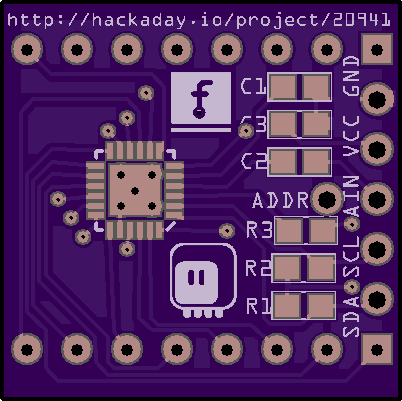
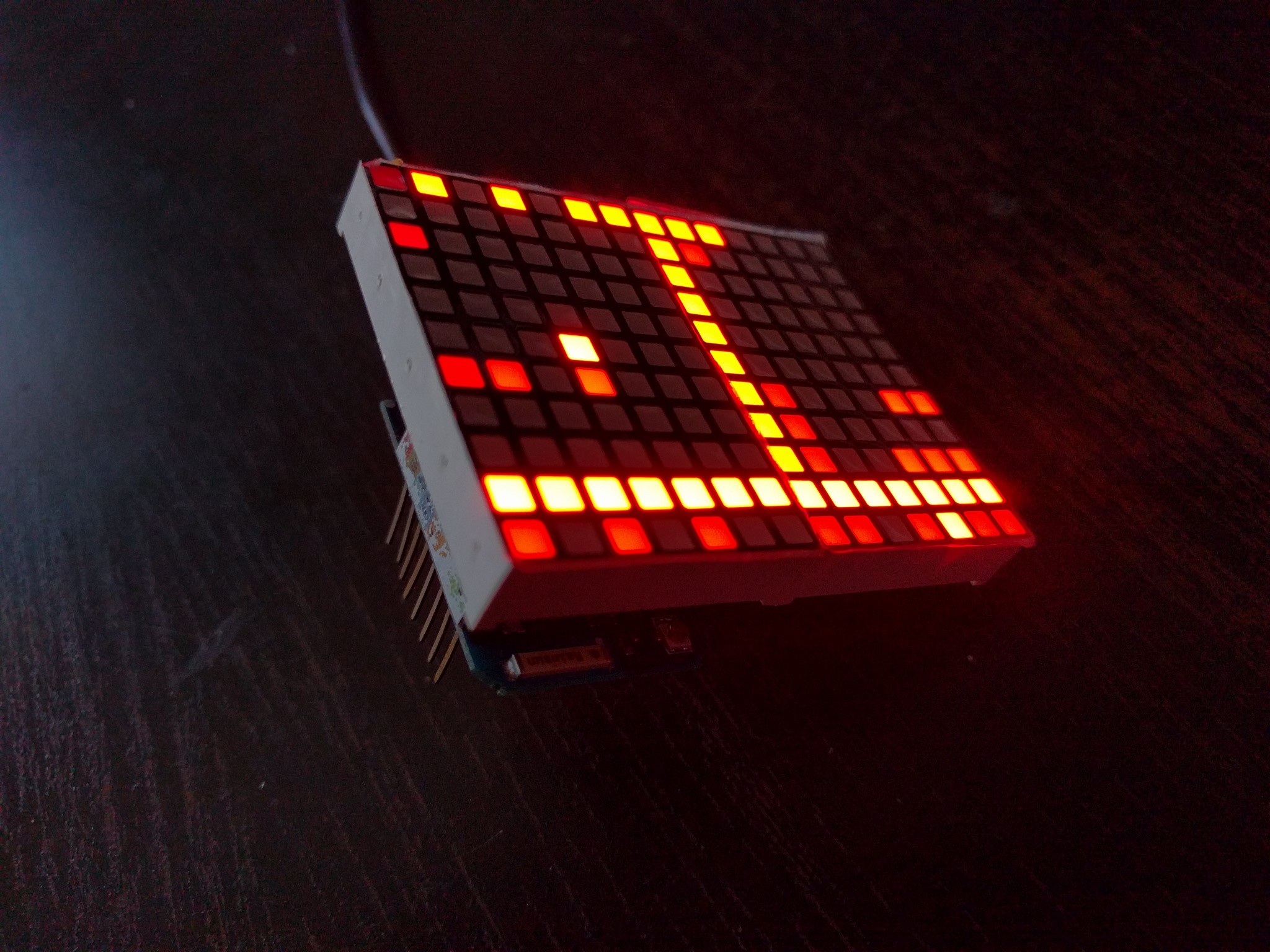
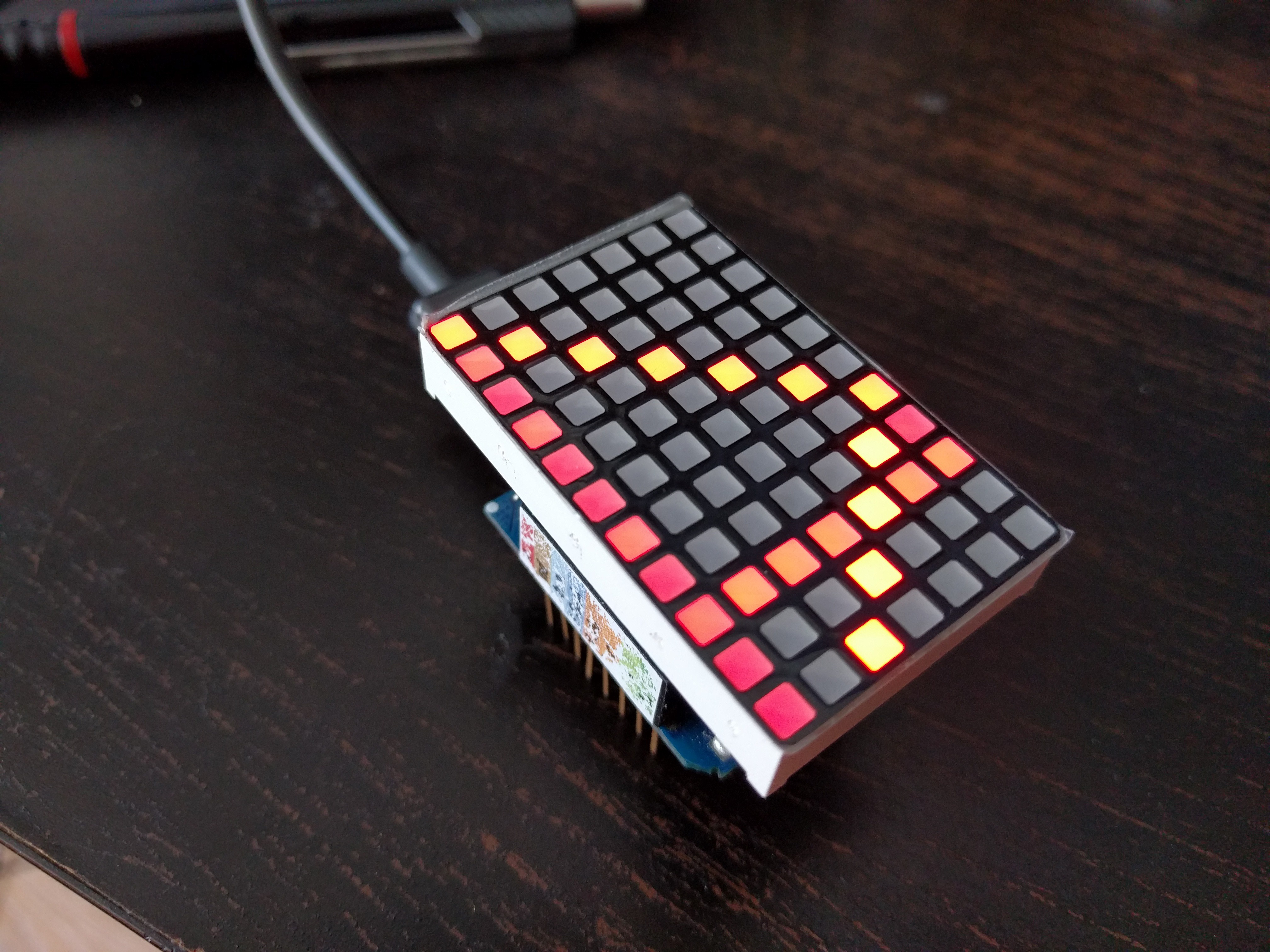
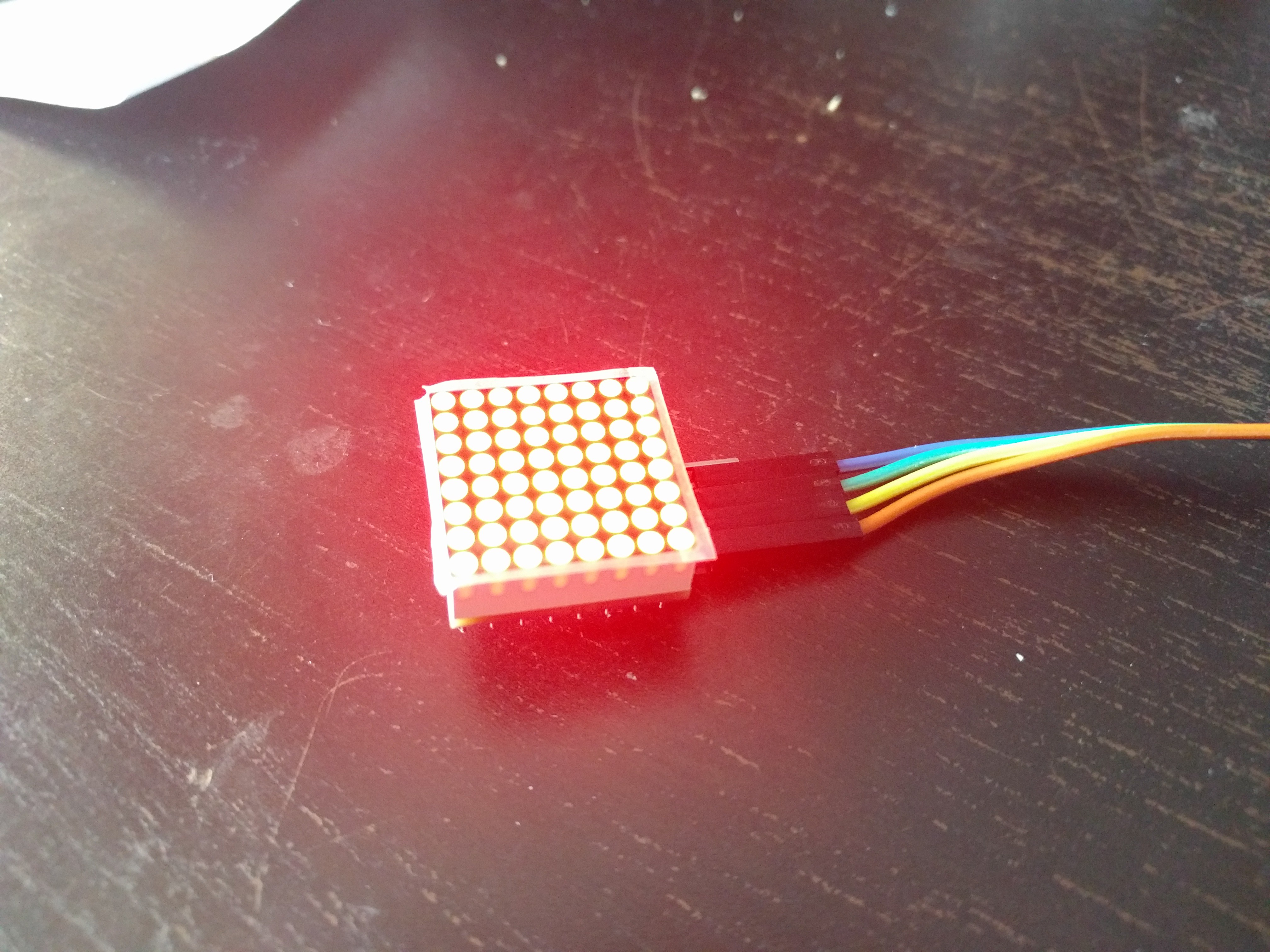
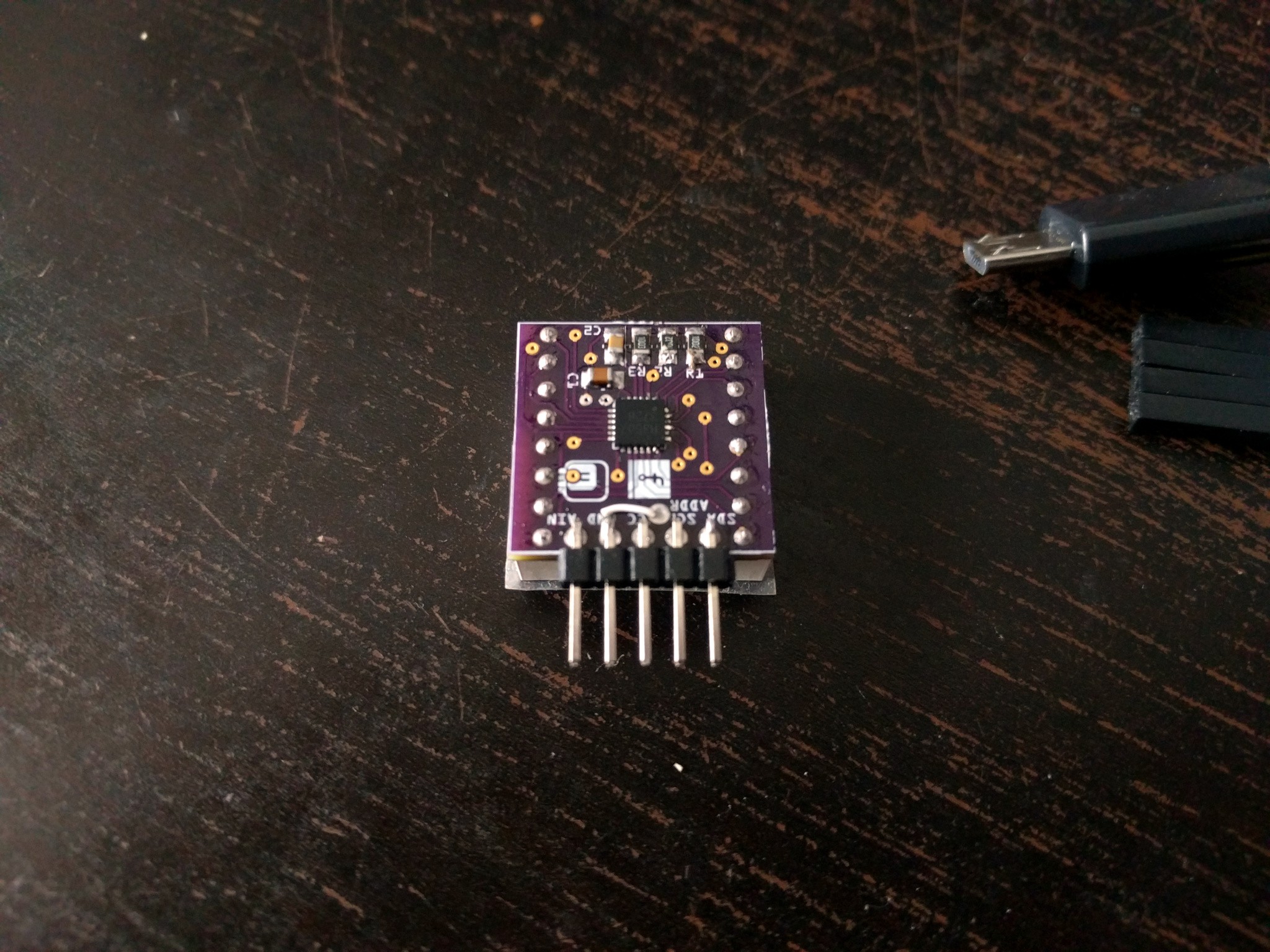
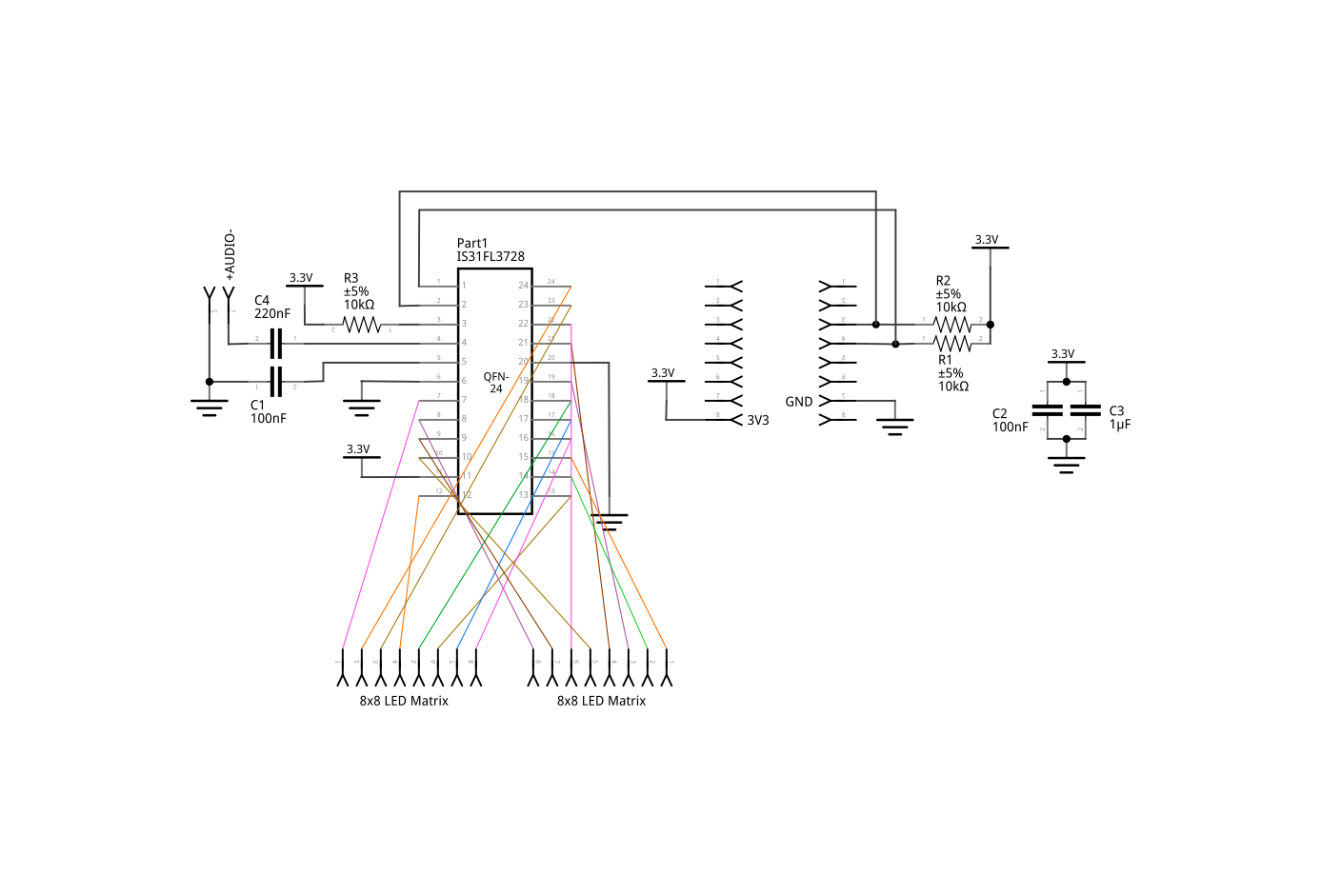

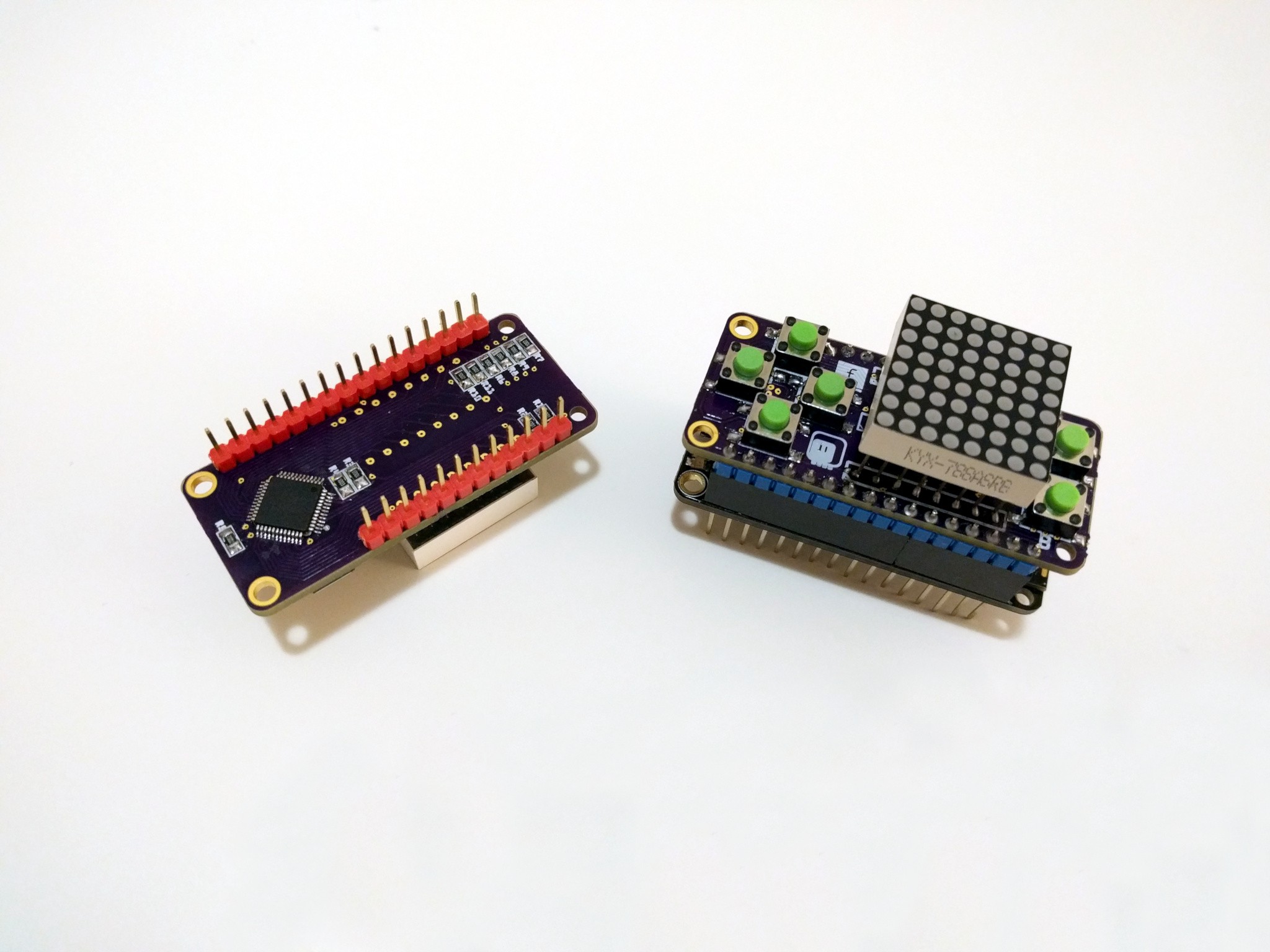
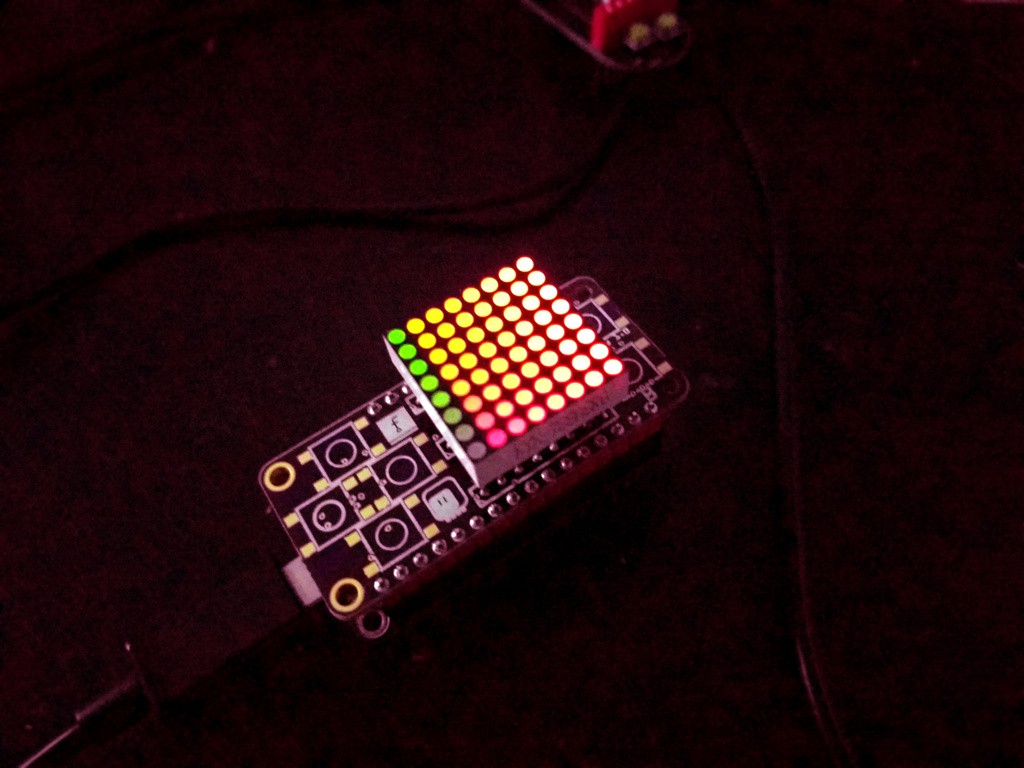
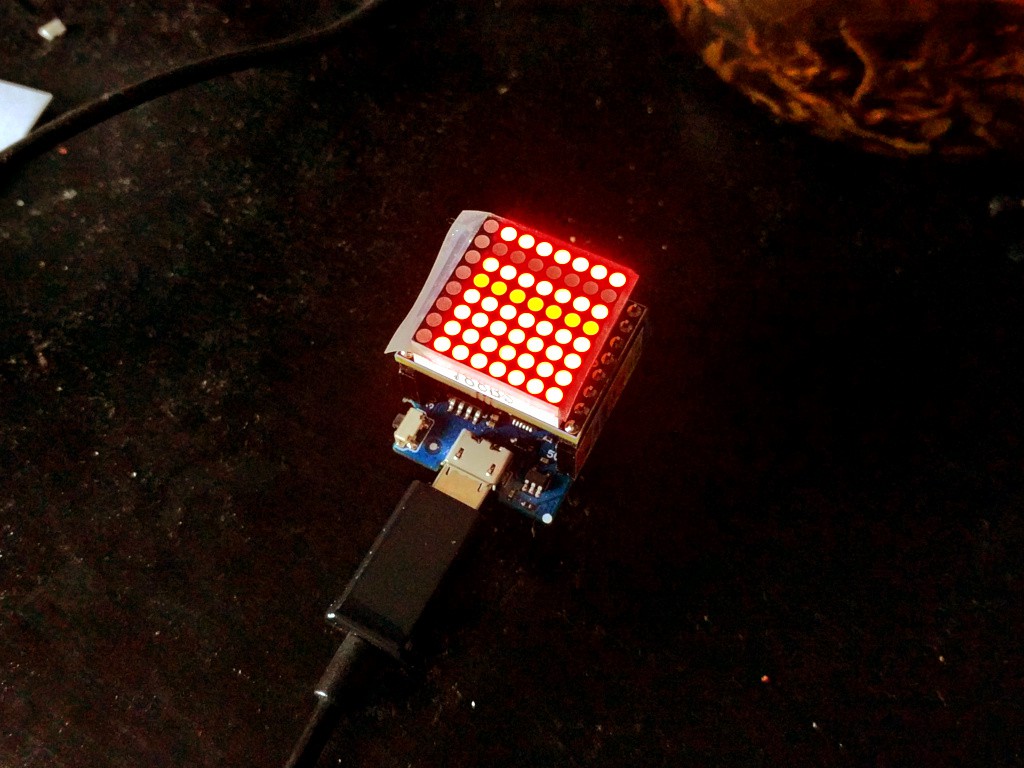




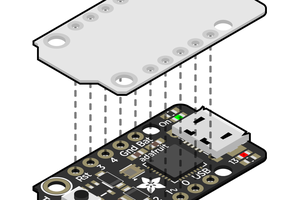
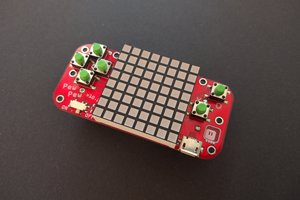

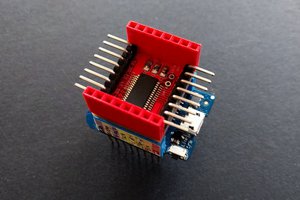
Thank you for awesome projects. I've ordered some 788AHG 20 mm 8x8 bi-color matrices together with some HT16K33 28SOPs. Looking at your pictures made me realize that I really want the individual dimming, so i'm looking at the IS31FL3737 now.
My big problem is that I want to fit everything within the area of the LED matrix (I'm making a LED matrix keypad). The added 8 pins in the middle gives me 7.5 mm room to fit the 5 mm driver, which might be impossible.
Do you want to share your Fritzing file (https://cdn.hackaday.io/images/931981491389033893.png) so I can try to fit it in?